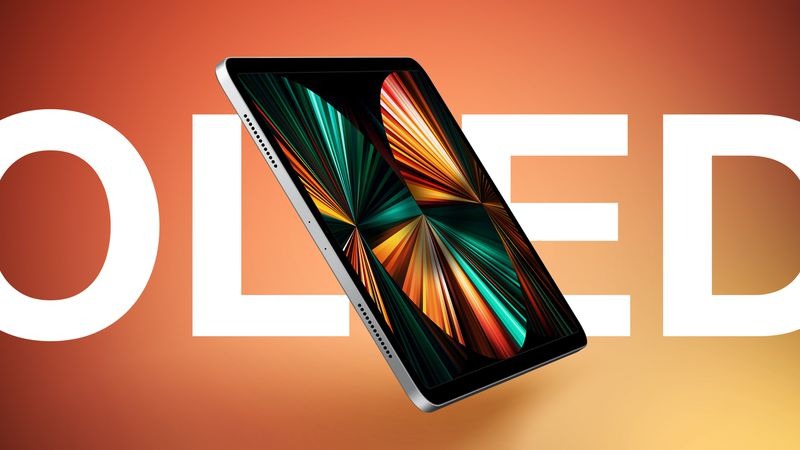Apple’s next-generation iPad Pro lineup slated for 2024 may bring a welcome surprise — relatively affordable pricing despite adopting visually striking OLED display technology per recent part analyst reports.
Forecasted cost increases of just $150 could position iPad Pro models as the most cost attainable OLED tablets when they hit shelves likely later next year.
We analyze how surprisingly modest markup rumors underscore Apple’s aggressive efforts making OLED viability a hallmark rather than differentiator across devices longer term.
OLED Displays as iPad Pro Game Changer
While already renowned for premium tablet displays, shifting towards OLED rather than IPS LCD unlocks next level panel potential thanks inherent advantages within organic diode compositions.
For one, perfect per pixel light emission control enables essentially infinite contrast levels. This manifests through truly cinematic shadow details and pixel popping vibrancy otherwise unattainable on iPad historically.
Additionally OLED technology facilitates flexible and foldable form factors. So beyond immediate color benefits, Apple migrates towards design malleability options with OLED underpinnings across iPhone and iPad device families.
Lower Costs through Aggressive Investments
Traditionally manufacturers cited OLED production expenses making budget viability challenging for anything except top tier flagship smartphones.
However Apple’s massive upfront investments into OLED manufacturing equipment and agreements with screen partners like Samsung now enable cost efficient volume production.
This explains how requisite iPad Pro display upgrades might add as little as $150 – a noteworthy bargain evolution catalyzing widespread OLED permanence across tablets converting remaining LCD holdouts shortly.
The Case for More Affordable OLED iPads
While keeping iPad Pro price hikes modest risks reducing Apple profit margins short term, the gambit proves wise strategizing longer term ecosystem ubiquity.
Here Apple seems focused on pulling future revenue forward through aggressively driving OLED penetration further.
With color accuracy and touch responsiveness benefits undeniable for creative professionals, exponentially growing OLED supply chain scale will only accelerate conversion momentum.
And the iPad Pro OLED beachhead will inevitably cascade downwards across iPad Air and iPad mainstream models thereafter as fabrication costs keep decreasing thanks to maturing yield refinements.
Spillover Benefits Towards iPhones Too
Importantly, the iPad Pro OLED ramp bridges display technology gaps with iPhone as Apple’s ecosystem increasingly standardized on organic diode panels.
With at least 5 iPhone 15 models anticipated switching towards OLED for Fall 2023, aligning tablet and mobile supply chains and fabrication unlocks efficiencies that benefit buyers through steadier pricing.
So in many ways, jump starting iPad OLED adoption through minimizing price penalties helps Apple supply chains uplift iPhone displays tech migrations minimizing associated surcharges.
Will iPad Pro Pricing Remain Restrained Long Term?
The open question come 2025 looks whether iPad Pro tags remain relatively flat if OLED material costs keep descending year over year.
If consumer patience persists through the interim period before scale saturation, delayed gratification pays off handing the savings back towards customers rather than short term Apple margin upside.
Time will tell whether Tim Cook resists profit taking temptations as enriched iPad functionality through OLED proves alluring enough enticing incremental early ownership upgrades.
But for now, the roadmap of increasingly affordable but stunning tablet displays stays brightly lit providing iPad upgrade incentives across segmented requirements.










Add Comment